|
I get that question a lot! Over the years, I’ve discovered a few tips to help you make the photos from your portrait shoot your best ever.
Not only is Mikhai the most adorable little 14-month-old, but I got to have my camera out, snapping away, while he experienced his first visit to the beach ever. I got to capture the discovery of sand (which he loved) and the first time he noticed (and then couldn't stop staring at) the endless expanse of water and the alarming sound of the crashing waves. I hear this from parents a lot, that we experience the world again through the eyes of our children. Their process of discovery unlocks memories of our own firsthand plunges into the unknown, and reminds us of the brevity and beauty of life. This was a special shoot, because a little over a year ago, I was snapping portraits of my dear friend Arin with a 9-month belly, waiting for Mikhai to arrive... and here he is a year later! I have loved watching Arin adore him and embrace the role of motherhood with strength and beauty. She wanted this shoot to be all about Mikhai, but I snuck the chance to snap a few frames with her in them, and those are by far my favorites! Love these? Let's set up a shoot! Email me >> [email protected]
Day 5 is the last day in the 5-day Marangu Route, and the least exciting, because it's all back tracking across the distance you covered on Day 1 and Day 2. All downhill meant no more "pole-pole," much less water consumed, and fewer short stops. I took very few photos and just enjoyed the walk down. Catch up on the story so far by jumping to >> DAY 1 DAY 2 DAY 3 DAY 4 DAY 5 ...and as always, please don't hesitate to email me ([email protected]) with additional questions.
^^ These aren't my photos, but I for some reason didn't take any photos at Kibo Hut, so I wanted readers to know what the sleeping quarters are like.
11:00 PM, Kibo Hut, 15,845 feet -- "The lights in our barrack flicker on and I hear Alex, our guide's voice, "It's time to wake up!" Against all odds, I feel like I got a full night's sleep, even though I know it was just 2 hours ago that I closed my eyes. I hate waiting for anything, especially things that cause anxiety, so I'm thrilled to finally be awake and making movements toward the summit. "First things first, after pulling on my SmartWool leggings and a pair of sweats and zipping up my down parka, I grab my camera and travel tripod and scamper out into the gravel yard to set up some shots of the awe-inspiring Milky Way. At over 15,000 feet and miles from the nearest city, Kibo Hut has the best view of the night sky I've ever seen." 12:00 AM, Kibo Hut, 15,845 feet-- "Headlamps flicker on and Dusty and I tighten our grips on the handles of our hiking poles as we (Patrick, Dusty, me, Alex) take our first steps in single file across the gravel yard, straight toward the towering wall of starless space that identifies Kibo. For the first of many times tonight, I thank God that I can't actually make out the top, some 3,000 feet above. It would just be too demoralizing." ?? AM -- "I have intentionally ignored my watch all morning/night long because I really just don't want to know what ungodly hour it is that I am gasping for air in the subzero darkness. All I know is Dusty is in front of me, Patrick is in front of him, and Alex is behind me, as we lockstep the switchbacks like a cold, derailed choo choo train. Every few minutes, we stop for a sanctioned water break, announced by Alex's chirp of, "Sippy sippy." and then without fail, five minutes later, Dusty or I or both ask for a "Quick stop!" to recycle the results of that hydration back into the earth. Needless to say, it is slow going. "The walking is not difficult. Our pace is the same "pole-pole" we've been observing since Day 1. Each footstep is laid a couple inches in front of the last one. The agonizingly slow pace is set by whichever of our guides happens to be in front. At this particular moment, it's Patrick. Thus we make our way up the trail like an outdoorsy funeral procession. So no, it's not the walking that's difficult. It's everything else. It's the freezing air with it's unnerving lack of oxygen that leaves me dissatisfied with every breath. It's the cold, constantly waging war on the easy & weak prey of my fingers and toes. It's my tummy, so angry to have been forced awake at 2 am and thus sends me queasy mixed messages. It's the knowledge that this little outing can and will become immeasurably more difficult and miserable as the night wears on and as the altitude increases. "We pass Williams Point. It's less than a third up the face of Kibo, and well before the going gets tough. A couple hours pass, punctuated by water breaks, quick stops, wardrobe changes, and the growing realization that my stomach is very angry with me. The jelly beans and Skittles I brought along to satisfy me for this journey are unappetizing and not enough. I'm craving real food, not sugar." Around 5:00 AM -- "Someone comments that it is starting to get light, and I turn my gaze to the Eastern horizon, where a scarlet layer has emerged, like food coloring pooling in the bottom of a glass of water. I also notice the tiny sliver of moon and what appears to be city lights, twinkling in clusters thousands of feet below." Around 6:00 AM -- "I know we're getting close to the crater rim because the footing has changed from scree and gravel to large, glittery, jagged volcanic boulders that are exceedingly difficult to navigate, especially now that we are above 17,000 feet. Dusty has started asking for "short stops" with increasing frequency and I silently grumble that he's going to set us behind schedule (even though we're not working on any kind of schedule.)" Sunrise, Gillman's Point -- "We finally reach Gillman's Point (18,638 feet), traditionally the most daunting milestone of the Marangu Route. People say that if you can make it to Gillman's, you can make it to the summit. Dusty calls another "short stop" and comments to me how exhausted he is, and asks if I'm exhausted too. "Yep," my reply is curt. We did, after all, just climb from 14,000 feet to 18,800 feet in the middle of the night. Yes, I'm exhausted. Our guides tell us we've got another hour hand a half walk along the crater rim to reach the summit, Uhuru Peak. "Lots of up and down. Not hard," they say. Dusty's sigh is less than enthusiastic." Two hours later -- "We are still trudging along the rim at a snail's pace. The sun is well past risen and has brought strong, cold winds along with it. Dusty's "short stops" are getting longer and longer and more frequent. I begin to wonder if we'll ever reach the summit. My wondering turns to concern as I watch his feet stumble aimlessly up the trail and his crestfallen plea to me, "How much farther?" I wonder if I should suggest the unthinkable: to pull the plug and turn around. His strength and resolve seem to be dwindling fast. I had wanted to stride up the last hill to the summit with him, hand in hand, but now I'm starting to regret suggesting Kilimanjaro as our vacation." 8:17 AM, summit at Uhuru Peak -- "Somehow, through brute force of Dusty's will, we reach the summit. Instead of hugging and photo-op-ing and high-fiving like the rest of the hikers around us, Dusty sits down on a rock, completely spent, and stares blankly ahead. I hit the ground in front of him, "What's going on??" I demand. He mumbles something about throwing up and altitude sickness and emphatically states he need to go down right away. "Let's get this picture and go. I need to go down." Done. Three minutes later, we're hoofing it back along the crater rim. This is going to be a rough descent, I can tell. "Dusty makes it back to Gillman's Point before violently throwing up the contents of his stomach. Our guides are helpful and reassuring, "This is normal. Happens to a lot of people," but Dusty and i both agree that he needs to get down the mountain as quickly as possible. Considering he's staggering, even with his hiking poles, I wonder how this will go.
"Terribly. It went terribly. With legs buckling from exhaustion and a barely conscious Dusty, we inch our way down the same boulders and jagged scree we shuffled over hours earlier. The only thing that has changed is the blessed sun has risen, offering easy visibility and removing the challenge of the biting cold. Now we have different problems: we're exhausted, running out of water, and Dusty is barely staying upright. Just kidding, he just tripped and fell headlong over some boulders. He weakly gasps, "Short stop!" after righting himself to sit on the same boulder he just fell on. His hand is bleeding. From our vantage point at the top of the scree slope, Kibo Hut looks so close and inviting. All that lay between us and the end of our misery are a few thousand feet of down-climbing. By the time we reach the bottom, Dusty was being physically supported by Patrick, and still stopping to rest every hundred feet or so." 11:30 AM -- "We inch back into camp amid high fives and applause from our porters, one of whom offers a tray of celebratory mango juice, no doubt carried on his own back, every step of the way from the gate, some 8,000 feet below. I do my best to act celebratory, relieved, and appreciative as I accept one of the mugs of juice, but all I'm feeling is broken. And worried sick about Dusty, who is still being supported by Patrick a few paces behind me. He hungrily guzzles the juice and half a liter of water and we both immediately sit on the edges of our bunk beds back in Kibo Hut. He already looks ten times better—just an exhausted version of himself, which is understandable at this point. We exchange a few short sentences of congratulations, he takes an Advil, and then violently vomits up all the juice and water and Advil he just swallowed. He runs out into the gravel yard and vomits again. All the porters stop their conversations and stare at this shirtless bearded mzungu and his wife, wearing only base layers, having a rough moment. Looks like no rest for the weary. And no food for the hungry. We go back inside, pack up our rucksacks, and leave Kibo to see if the "lower" altitude of Horombo Hut (12,204 feet) stabilizes his stomach." 3 hours later, at Horombo Hut -- "Dusty is completely back to normal, which confirms our suspicion of altitude sickness. Walking down the trail that took us 6 hours to walk up yesterday shows us the astonishing effect altitude has on our ability to do just about anything. It also reveals the genius of the "pole-pole" pace, which keeps hikers from reaching exhaustion and turns this 20-mile assault on the mountain into a war of attrition that pretty much anyone can win. As long as you go slow enough, hydrate enough, and breathe enough, you CAN summit Kilimanjaro." We woke up at Horombo Hut, feeling well-rested and ready for another day of hiking. After shoveling down another huge breakfast (they feed you a LOT on these treks), we packed up for the walk across the lunar desert toward Kibo Hut. Catch up on the story so far by jumping to >> DAY 1 DAY 2 DAY 3 DAY 4 DAY 5 ...and as always, please don't hesitate to email me ([email protected]) with additional questions.
Mawenzi (16,893 feet) makes for some stunning photo ops on the trail. Just like yesterday (Day 02), our lunch stop occurred over 2/3 of the way through the day's hike, at a little bathroom and picnic area sheltered by a pile of large boulders. After lunch, we only had about an hour/hour and a half walk up to Kibo Hut. 5:00 PM, Kibo Hut, 15,845 feet --
"The sun has just disappeared behind the crater rim that towers above this sparse stone hut at 4720 m (15,485 feet). As is usual at high altitude, the air is cold but the sun is strong. I'm sporting a 3 out of ten headache and pasty film of zinc sunscreen left over from our trudge across the lunar desert this afternoon. Every time I step outside to visit the bathrooms, a short walk away (and that' pretty frequent), I start out at a brisk walking pace and quickly find myself winded and sucking air. By the time I squat over the hole in the stall, I have throbbing gray spots in every corner of my vision. This is the phase of the trek I remember with the least amount of fondness from 2009. Summit attempts will begin at around midnight tonight, so the hours between now and then consist of shoveling calorie-dense dinners into not-so-hungry bellies and packing/repacking/arranging our outfits for tomorrow. 6:00 PM -- "We sit around the cramped table in our barrack-like sleeping quarters, chatting excitedly about summit day. There are only 5 people from Kibo Hut making summit attempts in the morning. This includes Dusty & me, Sandra & Martin, a 20-something couple from Denmark, and Raymond, a Swiss guy who is studying in South Africa. We five, plus our guides and assistant guides, will don head lamps and down puffy jackets and trudge up the side of Kibo in the dark. Best of luck to us all." Day 2 journal entry: "We left Mandara Hut this morning at 8:30 sharp. This was after a 6:30 hot tea/coffee wake up call, 7:30 breakfast, packing up, filling water bottles, and taking one last leak before hitting the trail. About an hour out of camp, the lush rain forest turned to stiff grass clusters under trees covered with dry moss, and an hour after that, the tree dwindled entirely, replaced by scrubby, chaparral-like vegetation. By this time, Dusty and I had each peed about 6 times and (in retrospect) wastefully hydrated our bodies. We had no idea how hot it was about to get. Mid-morning (well before lunch) brought about the first glimpse of Kilimanjaro's gray, trapezoidal peak, Kibo. At the same time we also saw the picturesque sharktooth of Mawenzi, Kibo's neighbor, at about 17,500 feet [actual elevation 16,893 feet]. An excited photo op ensured. By the time the lunch stop was announced, we were starving and tired. We slathered on sunscreen and took refuge in some meager shade for lunch at 1:00 pm. By that point, we each had about a liter of water left, having literally guzzled it away all morning. First lesson learned: drink a lot, but not too much. Though the food rejuvenated us, the prospect of only being half-done with with day's work was demoralizing. Imagine our surprise when two short hours later, we crested a hill to see Horombo Huts just 500 meters down the trail. It appears our guides weren't too concerned with exactly dividing our day's hiking distance in half, with lunch in the middle. Turns out lunch occurred 4.5 hours into a 6.5 hour hike. Second lesson learned: take hunger into own hands, and snack on the trail before lunch." Catch up on the story so far by jumping to >> DAY 1 DAY 2 DAY 3 DAY 4 DAY 5 ...and as always, please don't hesitate to email me ([email protected]) with additional questions.
|
I'm CecilyLA ★ ATX Categories
All
Archives
July 2024
|
LOCAL WEDDING & PORTRAIT (AND MORE!) PHOTOGRAPHER IN MALIBU, CALIFORNIA + AUSTIN, TEXAS ★ WEBSITE AND DESIGN SERVICES FOR SMALL BUSINESSES AND ENTREPRENEURS AROUND THE WORLD
|
I BUILT THIS WEBSITE MYSELF USING WEEBLY • © 2011-2024
|










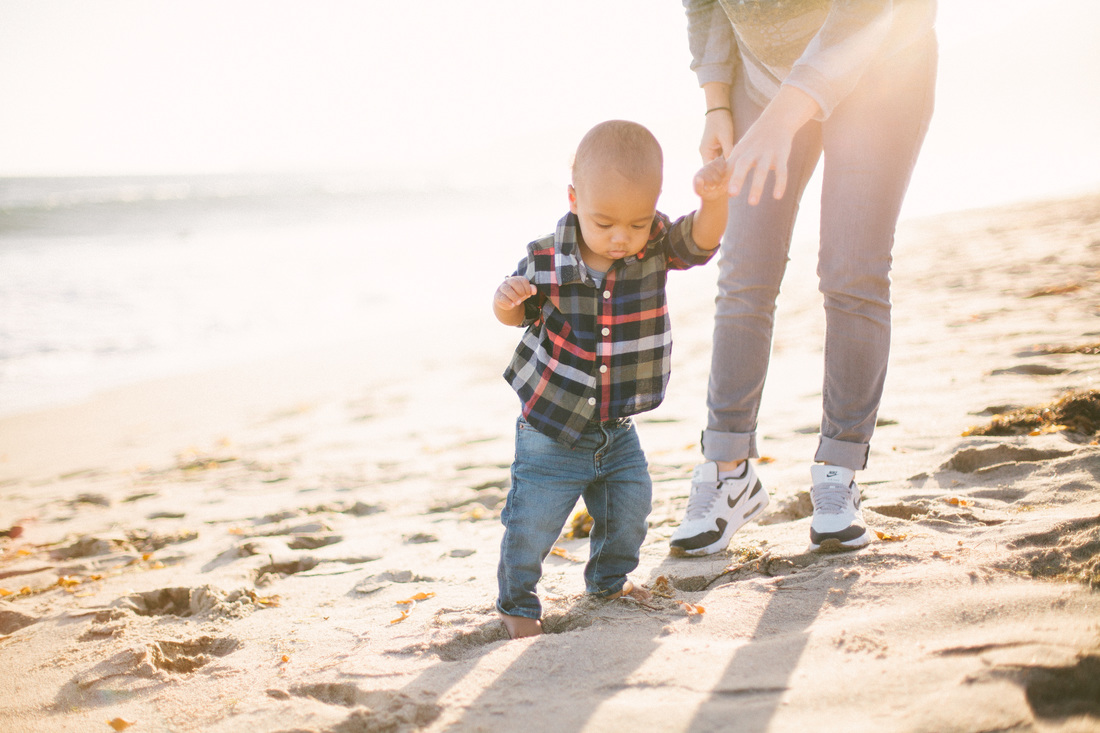

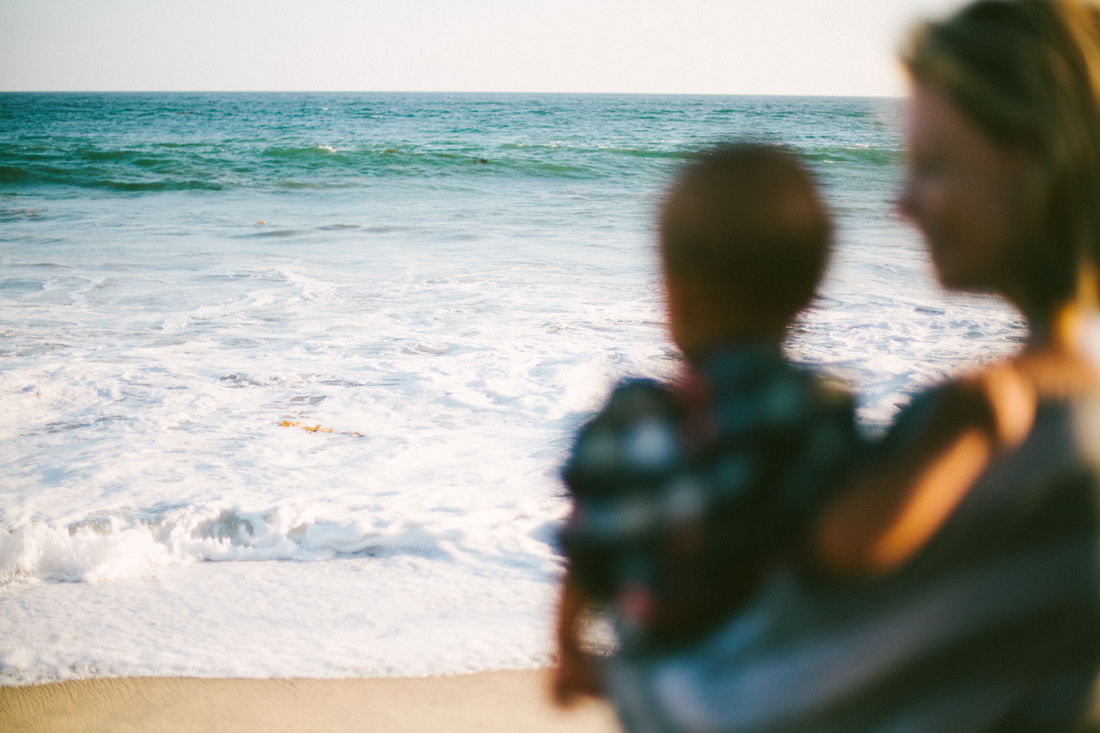




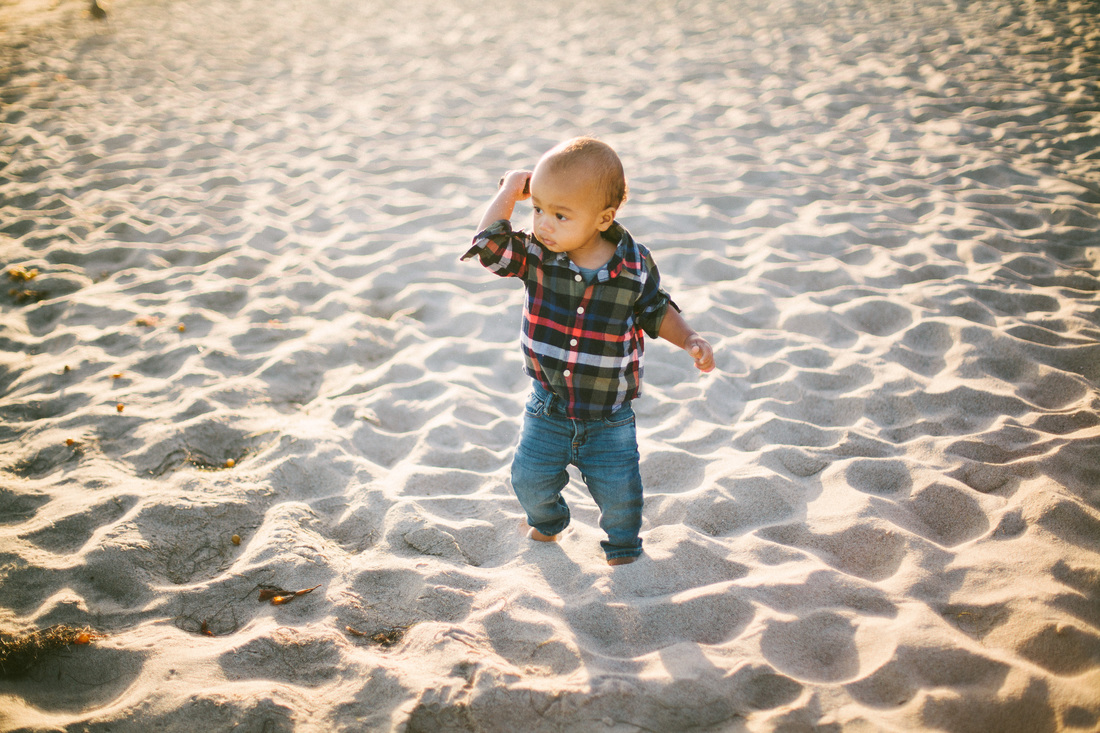








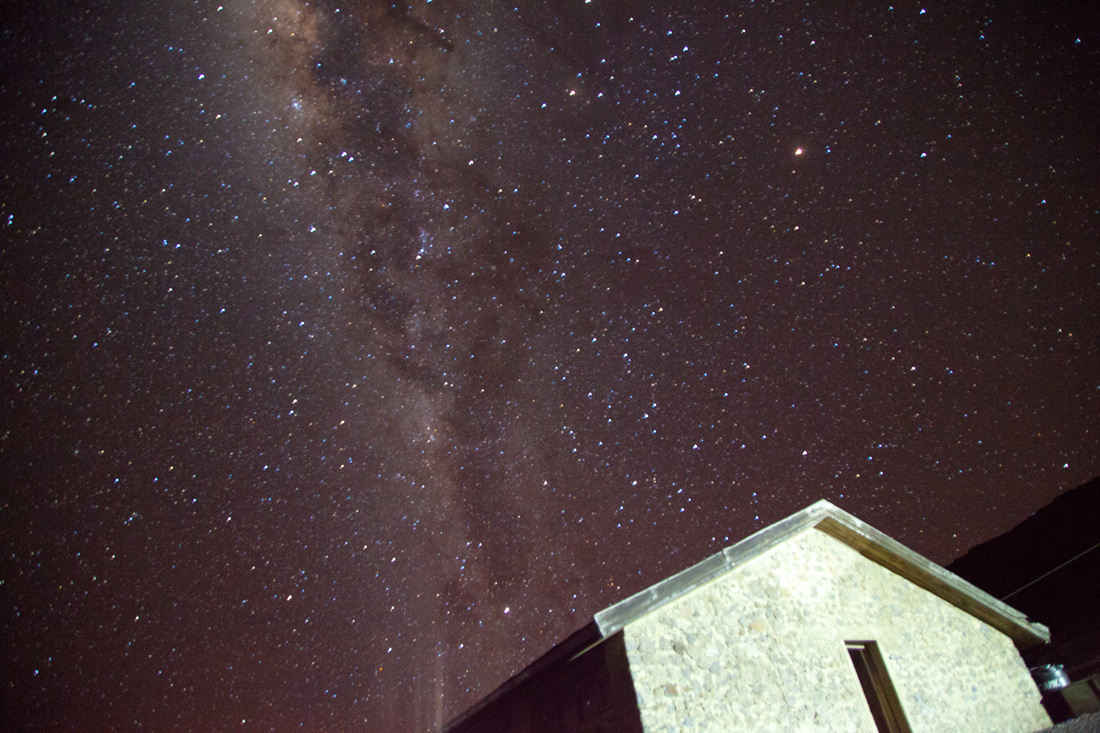
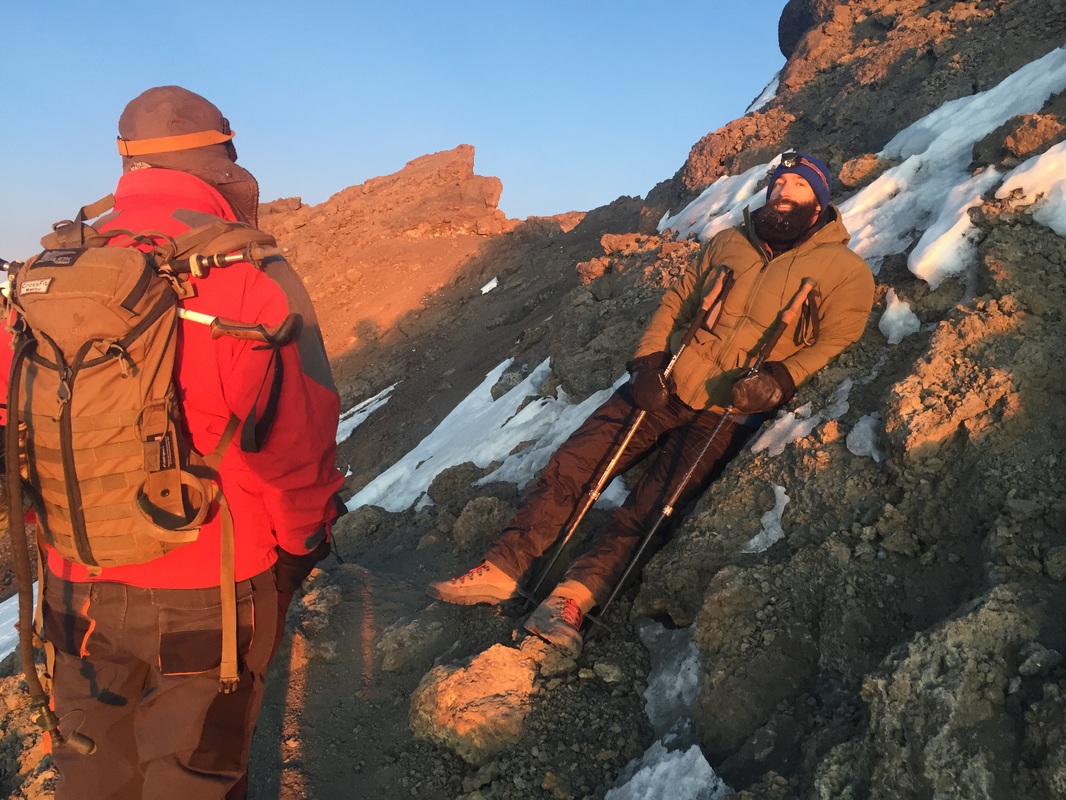


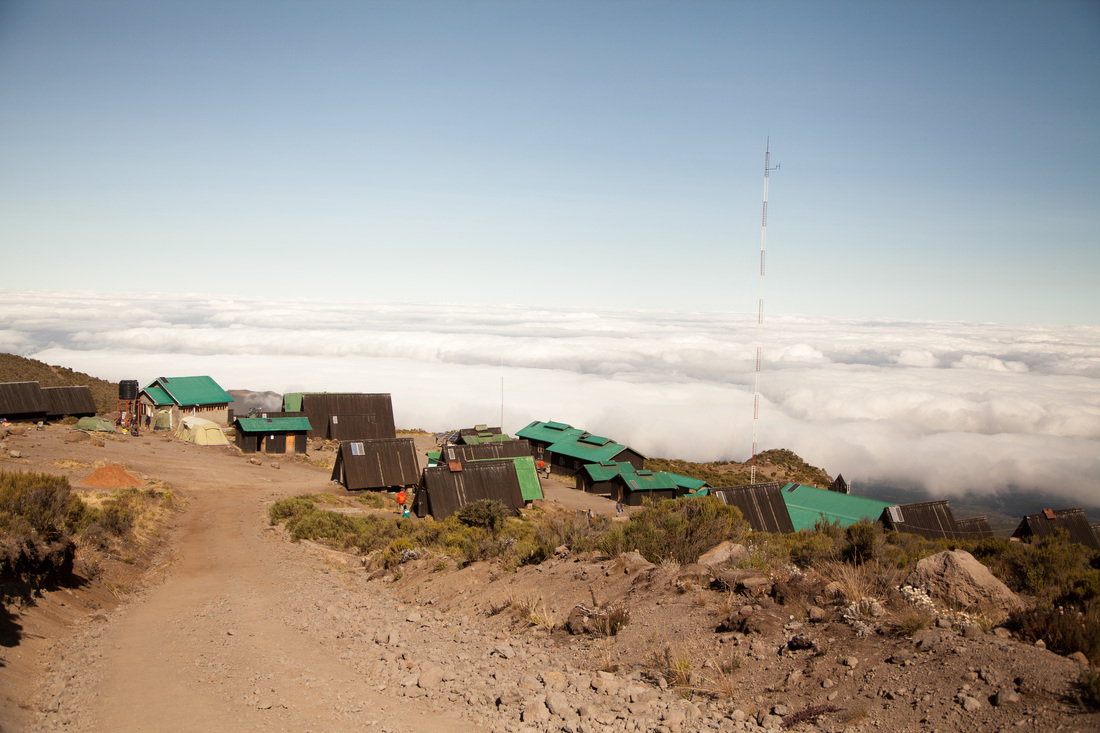






























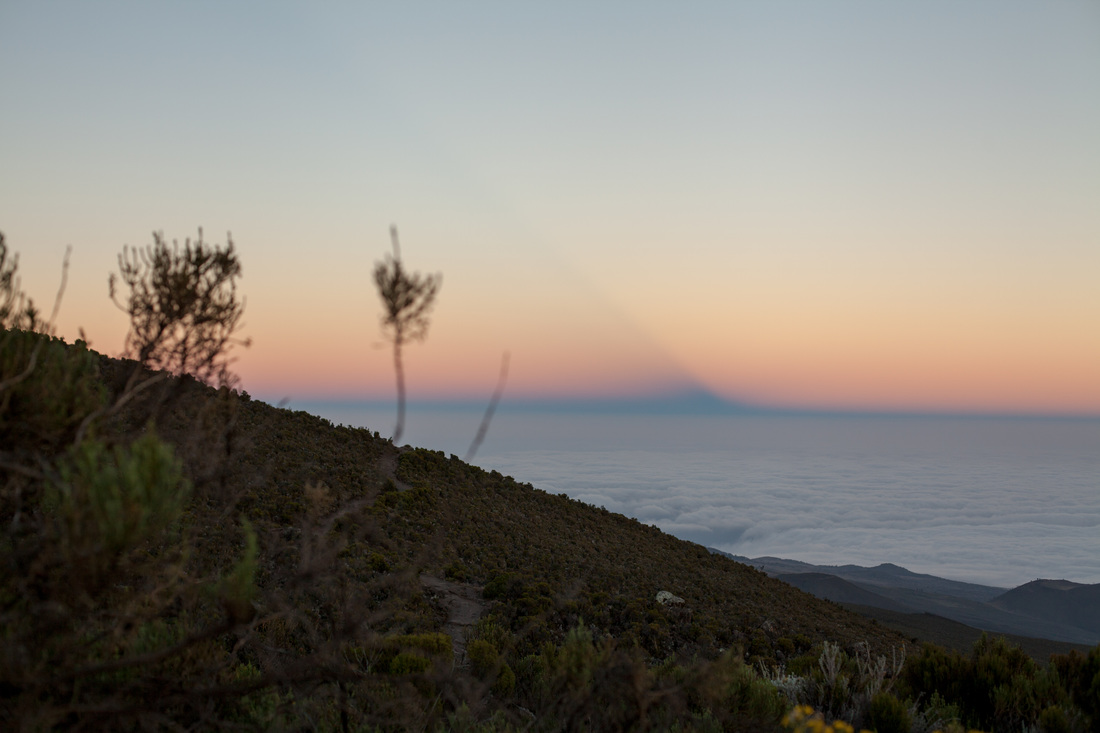




 RSS Feed
RSS Feed

